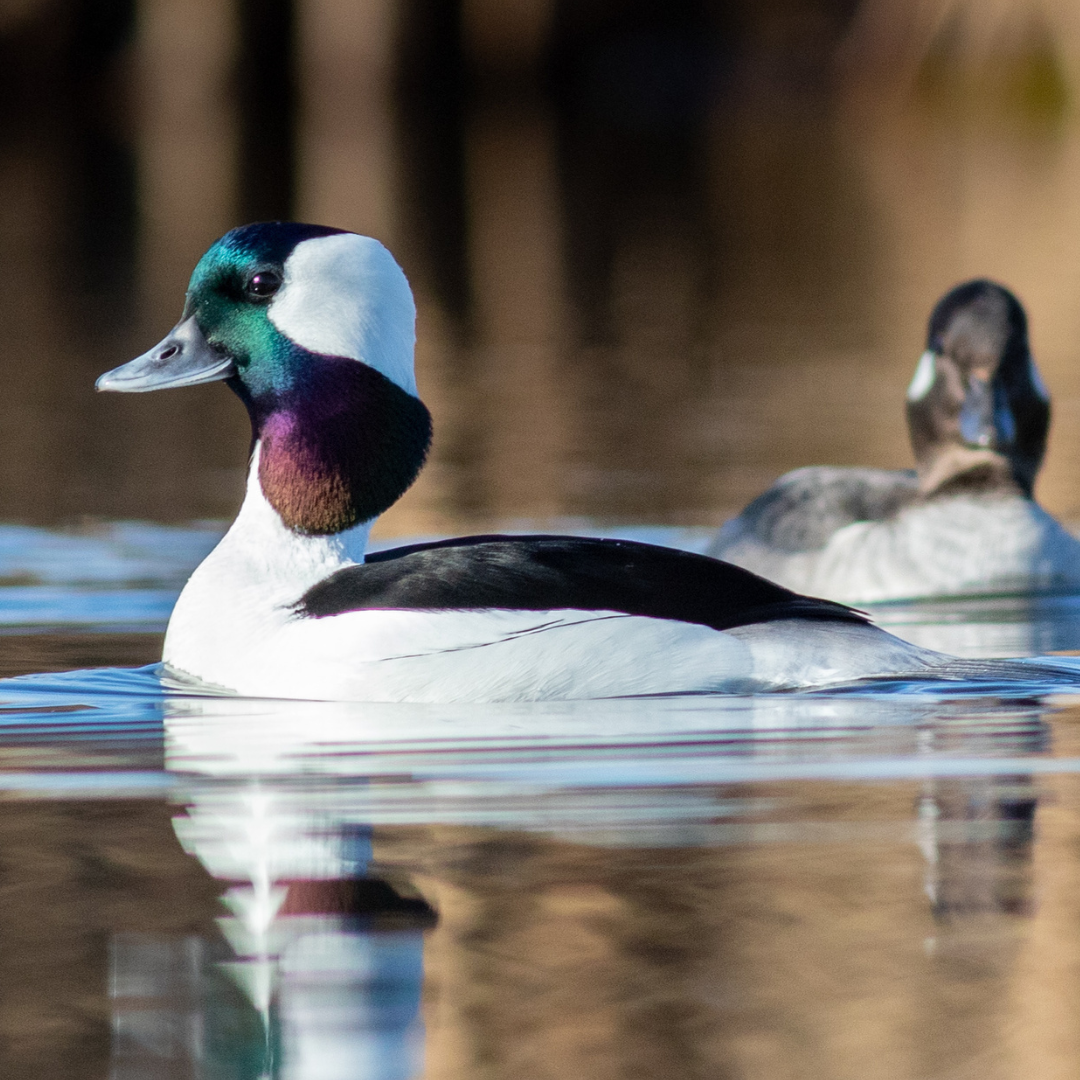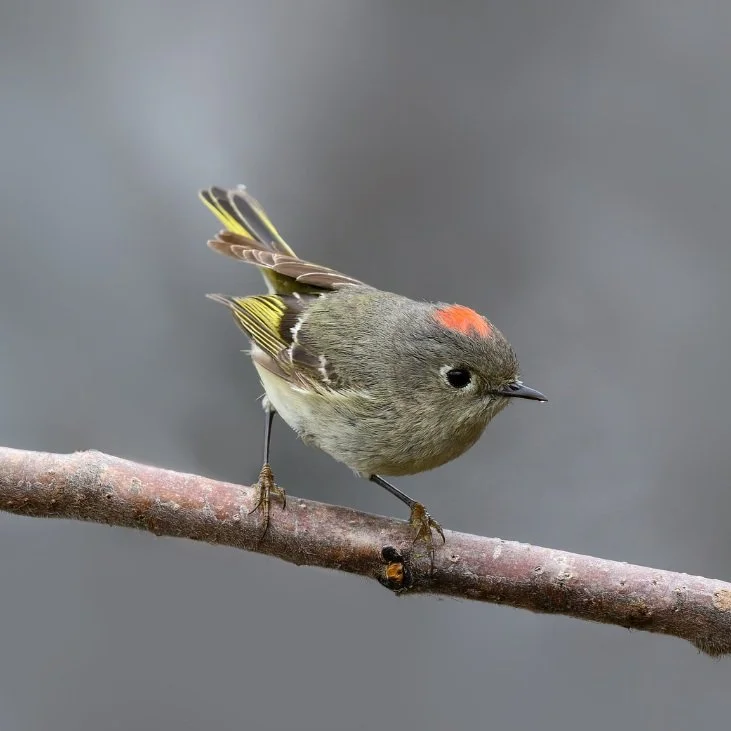Getting Started Birdwatching
/There are so many hobbies you can enjoy if you are willing to turn off the screens and try something new. One of these hobbies is birdwatching. Birdwatching is a great family-friendly activity with unexpected benefits. Not only will you spend time outdoors with your family, building long-lasting memories and a love for the outdoors together, but you’ll grow in awe of the amazing God that created it all. The following article will help you feel ready to walk outside this spring and start watching birds.
Birdwatching Gear
To encourage your family this spring, here are some tips and tricks to help you pick up the great hobby of birdwatching. It is quite simple. You don’t need to learn a lot of information to start doing it, because as you watch birds, you begin to accumulate knowledge. For the most part, you don’t need to go anywhere special as long as you have a nice pair of binoculars and a bird book. If you are on the lookout for a good bird book, The Sibley Guide to Birds is hard to beat. Technology has also made tracking birds easy. Check out Bird Cast, a website that forecasts when birds are moving through your area, so you can know what days are best for birdwatching.
Another resource that is incredibly helpful for spotting birds is the Merlin Bird App. Once you download this app on your phone, you can allow it to listen to bird calls near you. It’s shocking how many birds it will notify you are in within earshot! The app identifies the bird call and will display a picture of what the bird looks like. Once you hear the call a few times and can tell the location it’s originating from, it will allow you to find and spot birds more easily.
Migratory Birds to Spot
Buffelhead Duck
Look for these beautiful waterfowl in lakes, rivers and ponds near your home.
The first birds you will likely see migrate through your area are ducks. It’s easy to think of ducks as simply being mallards with their green heads and grey-brown bodies, but there are so many other ducks to see each spring. Ducks can be spotted in almost any body of water whether a pond at a golf course, a lake or a river. When identifying ducks, try to find key features that set the bird apart from other ducks you know. When you look for the duck in your bird book, start with that unique feature to narrow down what species you just spotted.
Ruby-Crowned Kinglet
Watch for these small, flitting birds in low shrubs and trees.
Another early migrating species are kinglets. One thing you’ll instantly notice is how active these amazing little birds are. They are constantly hopping around, feasting on insects and sometimes will even hover on the end of branches. There are only two species in the continental U.S. and are one of the smallest birds you will see. Because there are only two varieties, they are easy to identify. They have a distinct crown of either yellow or pink which are as bright and vibrant as highlighter markers. Look for them up to 15 feet above the ground in shrubbery or small trees.
Right around the time that the trees start to have their leaves emerging, you’ll get the privilege of seeing the warblers come through. These small birds are some of the most beautiful birds that travel north and are also very active. They are usually gathered in the tops of trees, eating small insects found on bark, flowers or leaves. Because they are so colorful, they are easier to identify, but their frequent movement adds a challenge to it. When watching them, it helps to look at the birds with your naked eyes first, then bring the binoculars up to your eyes so you don’t lose sight of them.
There are many other species of birds that will be flying through your area this spring. Enjoy the thrill discovering new birds you never expected to see! It won’t take long before you proudly call yourself a birdwatcher and are sharing the hobby with others. Be sure to keep track of the birds you see and when and where you saw them. (One additional tip: mornings and evenings are the best time to birdwatch because the birds are most active at those times of the day.) You will thank yourself for taking this step as it is a helpful reference for future migrations.
The Unexpected Benefits of Birdwatching
Chestnut-Sided Warbler
Look in the tree tops for flocks of these beautiful warblers.
Birds are an excellent example of the Creator’s skill and wisdom. As you watch them, you will begin to notice and appreciate the small details, how uniquely and wonderfully made each species is. You will recognize the different beaks that enable them to eat certain foods, like seeds, bugs or fish, and how the shape of their wings are designed for soaring, diving or fast bursts in the air. Through the increased awareness to the birds around you, you’ll find that you start to become more aware of all God’s creation. It’s likely that you’ll discover a love for all the things around you that would otherwise go unnoticed, like other small animals roaming outside, unique animal prints on hiking trails or native tree varieties in your area. You will even become more knowledgeable about plants in your area as you learn which ones birds like and which ones they don’t, and how to identify them.
Birdwatching is a great hobby to pick up as a family and is a fantastic way to enjoy God’s creation together. Incredible birds, like so much of God’s amazing attributes, are all around you. The challenge is will you slow down and take the time to intentionally look for them? I hope this spring you’ll be blessed to do so!




